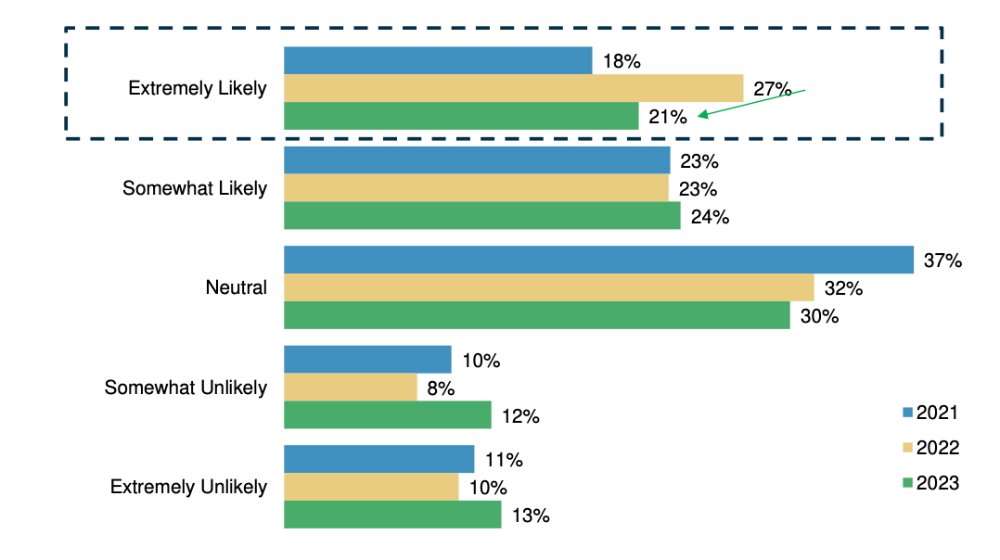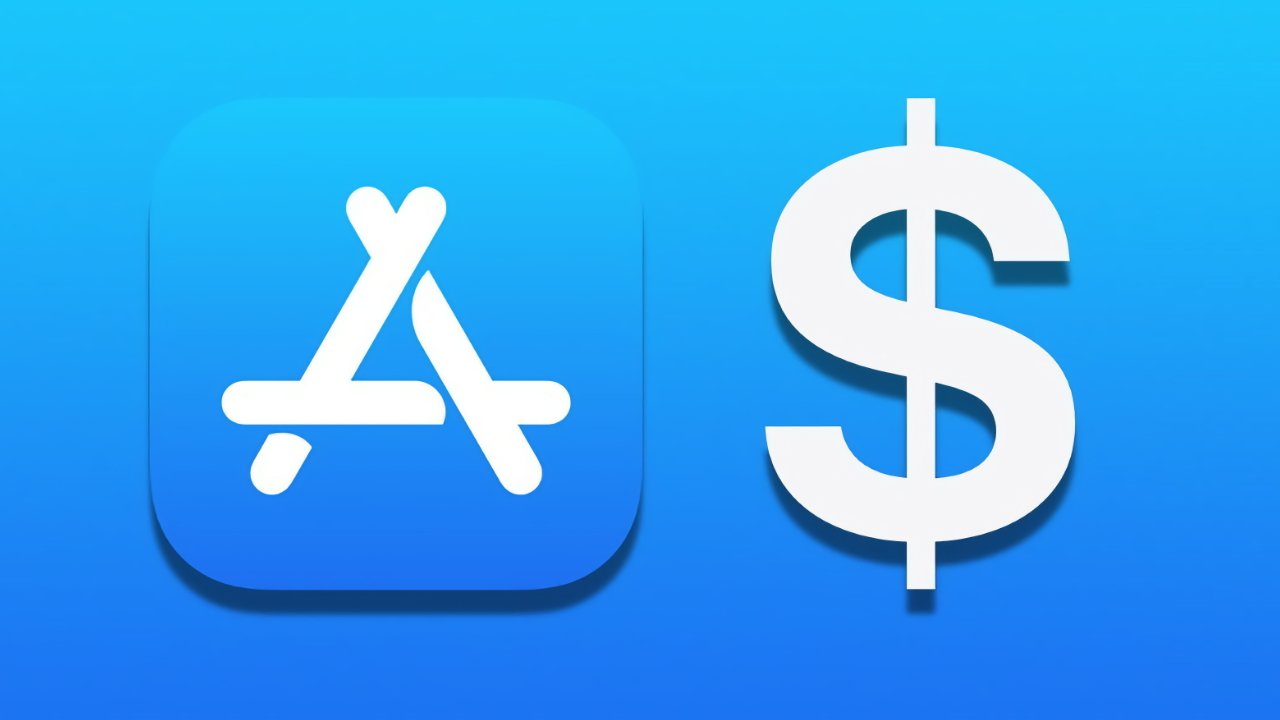Even if developers discounted their prices by the whole 30% Apple would take for the first year of a subcription, a new report says it wouldn’t be enough to get most users away from the App Store.
Apple being forced to comply with mandated anti-steering instructions is definitely an own goal after it had won everything else in its trial against Epic Games. But a new report claims that financially, the potential loss of App Store income for Apple is trivial.
According to an investor note seen by AppleInsider, investment firm Morgan Stanley says its conclusions start with what the US App Store means to Apple’s bottom line. Its analysts say it the US version of the store brings in $11 billion, which is 3% of Apple’s total revenue, around 7.% of the firm’s total Earnings Per Share (EPS).
Then based on surveys it conducted on the issue in 2021, 2022, and 2023 — though not either 2024 or 2025 — Morgan Stanley believes few users will buy apps direct from developers. Specifically, only a fifth of iPhone users have claimed they are “extremely likely” to buy outside of the App Store, and others would need to see a price cut of 35%.
While Morgan Stanley does not comment on this, there is an issue over what discount a developer would give users. It may cost the developer 30% less than before if they don’t use the App Store, but they then have to perform their own credit card processing, their own tax reporting and so on.
Consequently, it’s unlikely that a developer will offer a full 30% discount, or at least not consistently. It’s possible that developers might do that as a loss-leader to attract people to moving over, but they’d be gambling that they’d attract enough users to make it worth their while.
According to Morgan Stanley, that’s more of an uphill struggle than even a 35% discount. Its analysts report there are specific reasons why users say they prefer to stick with the App Store.

Surveys of how likely US users are to buy apps outside the App Store — image source: : AlphaWise, Morgan Stanley Research
In order of popularity, those reasons were:
- Not wanting to share financial details with multiple sites
- Preferring not to manage multiple accounts
- Simply don’t see a benefit
- App Store is faster because it already has their details
- They trust the security and privacy of the App Store
- They can use Apple Gift Cards, or get cash back on Apple Card
Developers, especially large ones, could and doubtlessly will offer incentives to try to overcome these barriers. But according to Morgan Stanley, Apple has also has options to incentivize users and developers to stay.
While not saying that Apple will necessarily do any of these, Morgan Stanley says that for instance, the company could:
- Offer easy to get App Store credits
- Connect those credits into the Apple One bundle
- Make the App Store entirely subscription-based
Morgan Stanley doesn’t explain or elaborate about any of these, but it’s point regarding customer and developer retention is that Apple has options that are completely under its control.
But then the investment firm’s overall point is that Apple might not need to do anything. While it does see developers managing to attract at least some buyers, Morgan Stanley believes they won’t exceed a fifth of users.
That means it estimates the risk to Apple as being a fifth of the reported $11 billion annual income from the App Store, or approximately $2 billion. That’s 1.5% of the EPS, which Morgan Stanley describes being effectively a rounding error.
It further estimates that if Apple raised the price of all of its other services by 5%, it would entirely offset the potential App Store loss.
Consequently, Morgan Stanley retains its $235 price target. It does repeat from its May 5 report, though, its best- and worst-case financial predictions for Apple’s iPhone 17 range.





